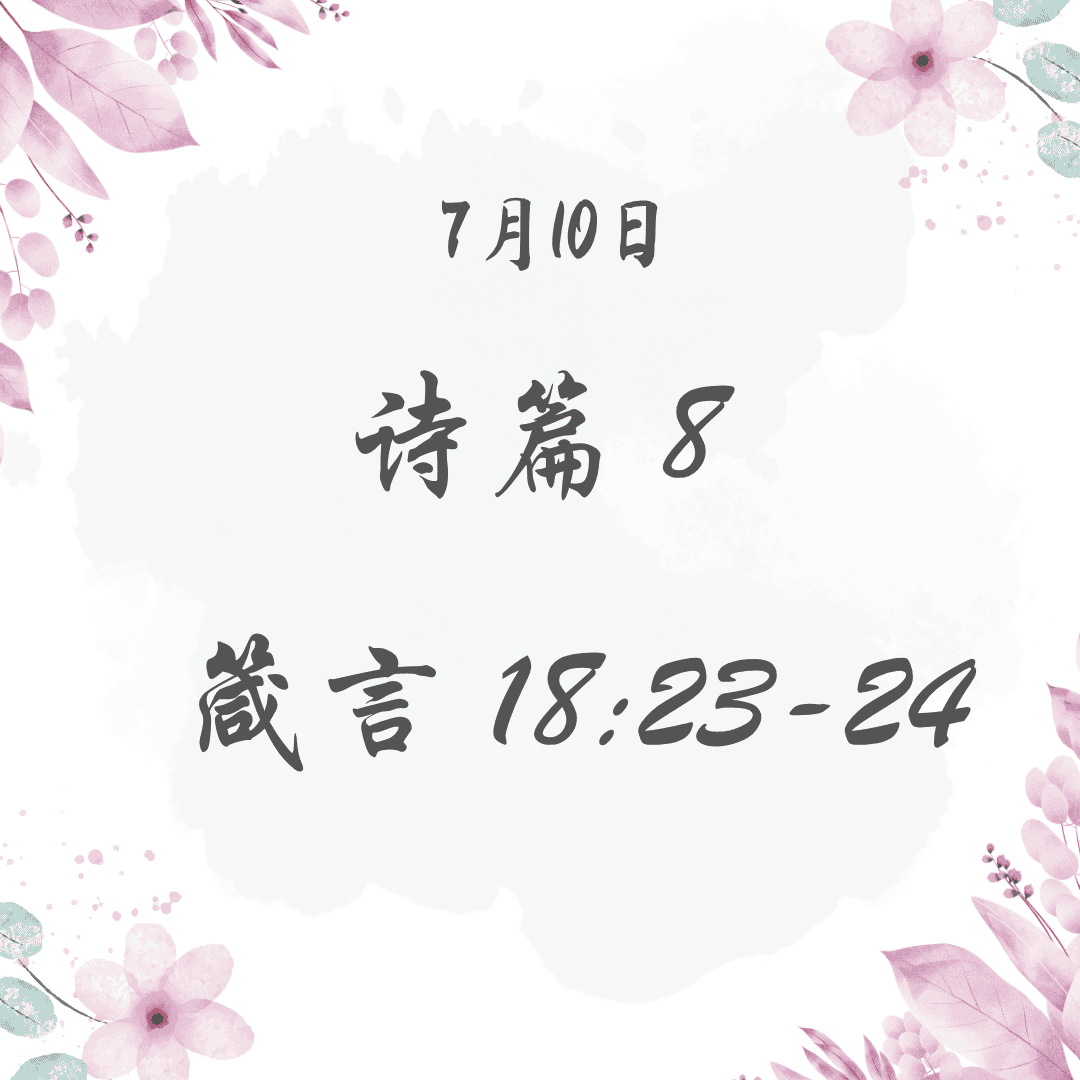Chapter 7 Common Education Philosophies and Their Key Characteristics

Perennialism / Eternalism / Realism (“Classical” Education):
This educational philosophy emphasizes teaching and learning the classic works of humanity that have stood the test of time—such as those by Homer, Plato, Aristotle, Augustine, Shakespeare, and others.
- Primary Goal: Students develop critical thinking and analytical skills in the process of learning knowledge and truth.
- Core Concept: Focuses on core subjects like reading, writing, math, history, and science.
- Teaching Characteristics: Emphasize the three stages of learning, grammar, logic, and rhetoric. Each stage focuses on different contents and learning methods.
("Classical" education has been growing in popularity in recent years, both in the U.S. and in Christian circles in China. However, as people implement the "ideal", there arises some questions that need to be addressed, which I'll talk about later. It's quite interesting!)
- Pros and Cons:
- Pros: Children trained in this way often have strong humanistic literacy.
- Cons: It requires a lot of reading, which may not be suitable for children with special needs.
Essentialism (Idealism + Realism):
This philosophy emphasizes that children should learn traditional core subjects, and that learning should be thorough and rigorous. A key figure is William Bagley (1874–1946).
- Primary Goal: To ensure the general public receives foundational training in basic knowledge.
- Core Concept: Emphasizes grade-level-appropriate core academic subjects, presented in a systematic and structured way.
- Teaching Characteristics: Includes direct instruction and explanation, along with tests and exams. Public school education is generally based on this model. Homeschooling families that adopt this philosophy typically focus on core subjects in the morning and arts or physical education in the afternoon. It’s often easier for new homeschooling families to start with this approach.
- Pros and Cons:
- Pros: Organized and systematic learning.
- Cons: Often lacks depth and does not encourage imagination or critical thinking.
Romanticism (Idealism):
This philosophy emphasizes learning through inner intuition and achieving a peaceful state of self-awareness—knowing who you are, your role in society, and so on. It strongly emphasizes self-knowledge. A representative thinker is Jean-Jacques Rousseau (1712–1778).
- Primary Goal: To help students achieve their own self-education goals.
- Core Concept: The 5 “I”s — Imagination, Intuition, Individuality, Idealism, and Inspiration.
- Teaching Characteristics: Most who adopt the "unschooling" approach (as the author calls it) hold to this philosophy. This approach is the opposite of structured “homeschooling”—there are no assignments, no fixed curriculum, no tests. The learner takes full ownership of their education.
- Pros and Cons:
- Pros: Allows children to deeply explore topics they’re passionate about. Very suitable for older children or those with giftedness and intrinsic motivation.
- Cons: Difficult to manage, especially when the children are young.
Progressivism (Pragmatism):
This philosophy believes that progress and change are essential to successful education. A key figure is John Dewey (1859–1952).
- Primary Goal: To help students develop the ability to manage tasks, solve problems, and overcome challenges.
- Core Concept:
- Education must be personalized to be meaningful.
- Learning is inseparable from life.
- Teaching Characteristics:
- Emphasizes children’s abilities, strengths, and interests.
- Values the power of experimentation and uses discussion and dialogue to assess learning.
- Emphasizes collaborative learning in groups.
- Pros and Cons:
- Pros: Focus on progress/steps of learning.
- Cons: Can easily lead to utilitarianism.
In fact, these educational philosophies are not mutually exclusive—there is overlap and integration among them. It’s easy to see that Classical Education emphasizes the content of learning, while Romanticism and Progressivism emphasize goals, and Essentialism focuses more on the methods of the learning process.



